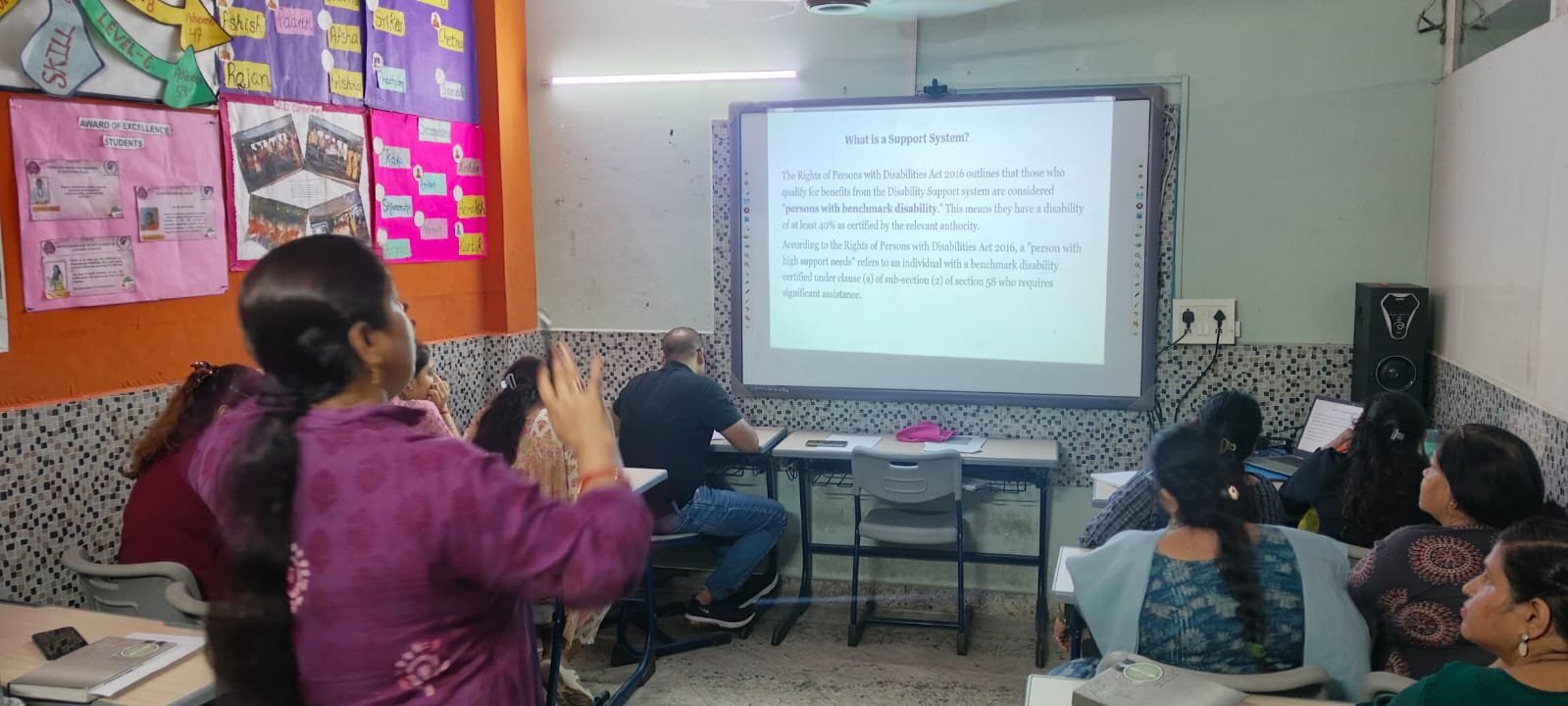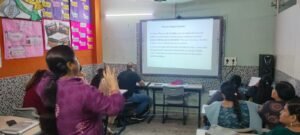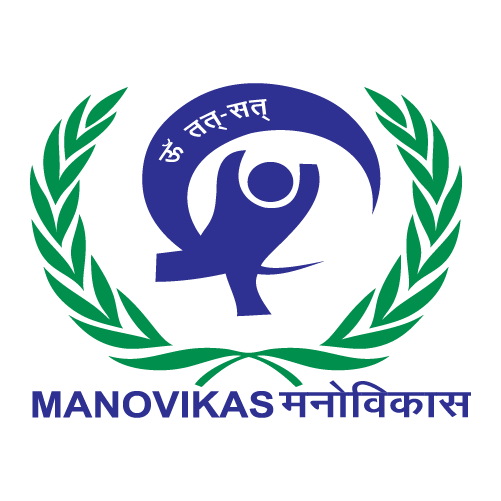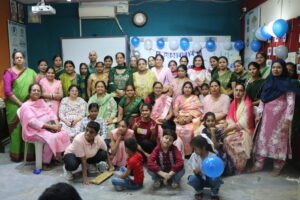
“Transform Your Classroom: The Ultimate Teacher Training Program”

At Manovikas School for Inclusion, a successful teacher training program was recently held to aid students with high support needs. Led by Mrs. Indira Alok, the principal of the school, the training focused on understanding the unique challenges these students face. These challenges can manifest in physical, cognitive, or emotional difficulties, and it is crucial for teachers to recognize that some students may need additional assistance to fully participate in the classroom.
During the training sessions, teachers were educated on how to identify and provide different types of support. This includes physical support for tasks such as moving and personal care, cognitive support for learning disabilities that require special teaching methods, and emotional support to help students manage their behavior and emotions.
It is important to note that as students grow, their needs may also change. Younger students may require more physical assistance while older students may need help with learning and social skills. With this in mind, teachers should adapt their approach based on the age of each student they work with.
In order to create an inclusive environment for all students, strategies such as differentiated instruction, group learning, and positive behavior support were emphasized during the training. Teachers were encouraged to learn how to tailor their lessons according to different learning styles and utilize assistive technology such as communication devices or visual aids to better accommodate those with high support needs.
Collaboration between teachers, special education staff, therapists, and parents is essential in providing the best possible support for these students. Additionally, it is crucial for teachers to continue honing their skills through workshops and exploring new teaching methods so that they can effectively meet the diverse needs of their students.



